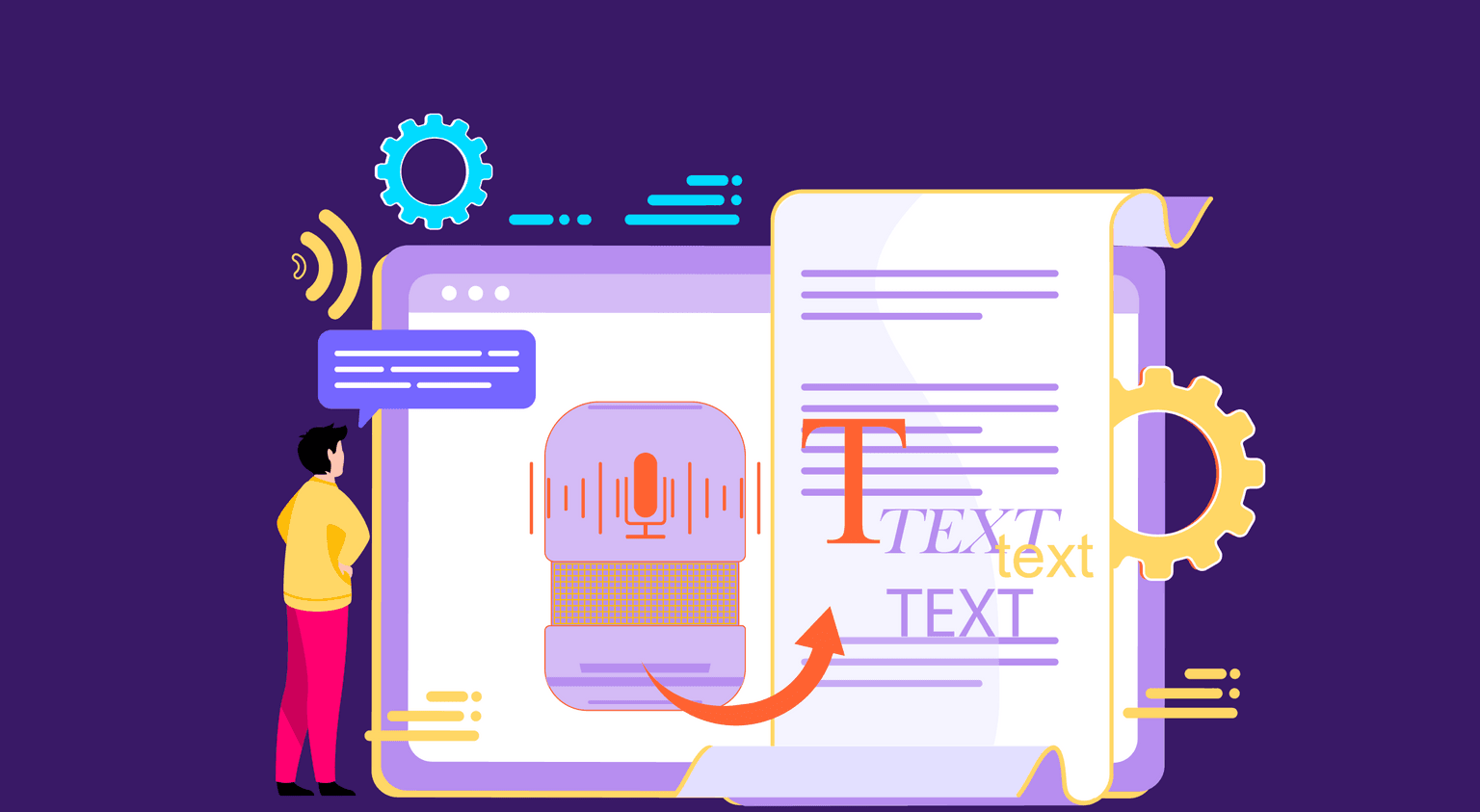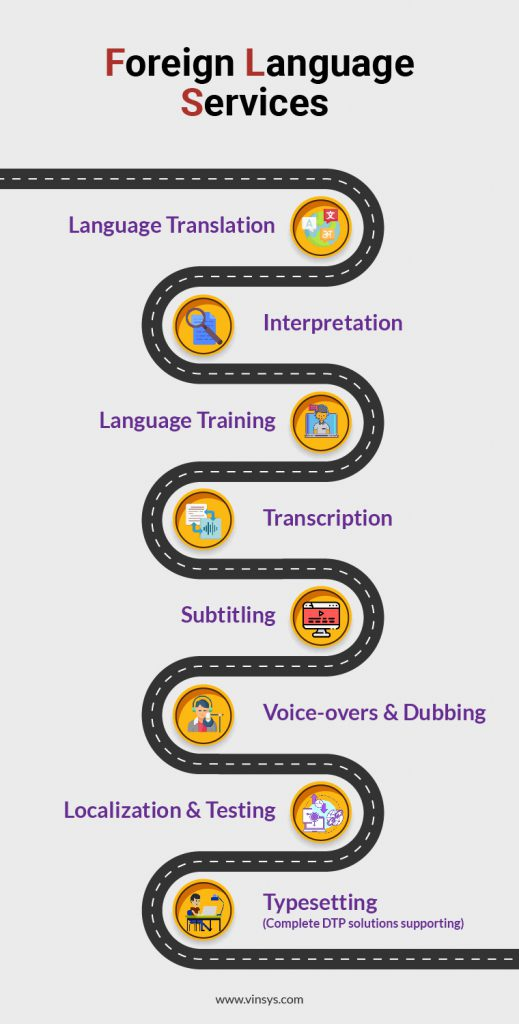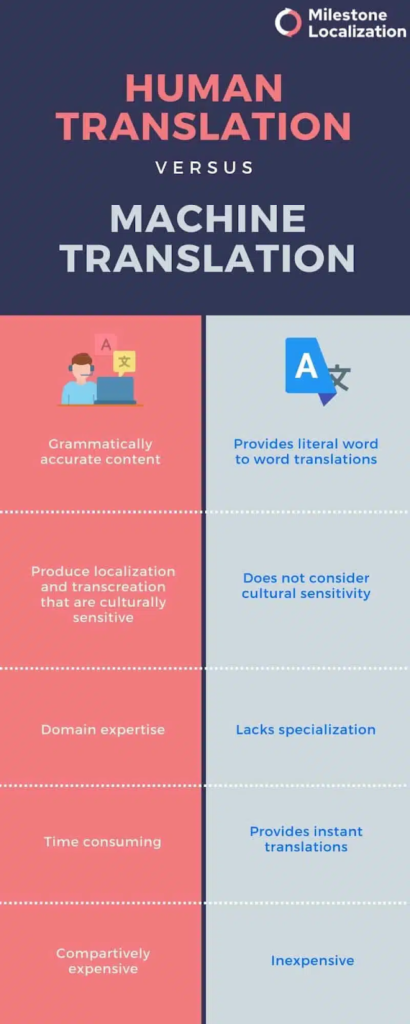Document Translation Services: Debunking 4 Common Myths

When it comes to document translation services, the options are varied. Most businesses today prefer machine translation, which is increasingly becoming the go-to option, especially with AI increasingly hogging the limelight. Meanwhile, bilingual professionals – not necessarily translators – adept in more than one international language other than English are preferred for translation jobs.

These are natural options as most businesses want to balance cost and quality. But what business enterprises are ignoring today is the fact that even though machine translation has become more `intelligent’ and bilingual speakers at the workplace do provide some rough meaning to some types of content – there are outlying limits to their ability to translate documents properly with the right results.
In this blog post, let us explore four common document translation services myths to help businesses realize the value of document translation services.
Busting 4 Document Translation Service Myths

1. Multiple language speakers are natural translators.
Whenever an enterprise needs to translate documents, the most popular solution is to find a colleague at the workplace who speaks that language and hand over the job. The fact is that this person may not have the requisite skill set to convey the original content that is grammatically and syntax-wise correct. These skills separate a professional translator or a linguist, from a bilingual speaker or writer.
Professional translators, who are attached to a document translation services company, invest considerable time and money in language education and translation training to acquire skills needed for apt translation. Marketing, legal, and medical translation are commonly requested services to translate a document. Each field requires specific and specialized training before attempting the translation job.

For example, a person doing legal translation needs to have an in-depth understanding of the legal systems of different geographies and command over the language to deliver an optimally translated document. A marketing translator should have the talent to match the marketing content with the language and cultural nuances of the target audience while undertaking any advertising or marketing translation assignment. Only years of training and experience can create these diverse skill sets; evidently, only language knowledge would not suffice.
2. Machine translation delivers quality results in real-time.
Consistent content production has always been hailed as the unique selling proposition for using machine translation. Undoubtedly, it is a good solution for companies looking for large volumes of translation, and the content is low to moderately complex. Specialized programming with a database of the correct terminologies (vocabulary) is required to get effective results from machine translation.

Most enterprises are using these services to translate documents online that can be used for inter-office communication. Cultural context, style, and the right tonality are the elements that render any translation work effective, and machine translation has serious limitations in all three aspects. The same words can have vastly different meanings in different languages. It is next to impossible to program a machine to a level where such subtleties are taken care of automatically.
Also, a machine cannot be programmed to the extent that it can naturally come out with an emotionally engaging translation that appeals to the target audience by itself when attempting an advertising or marketing content translation. Simply put, a machine is not equipped to completely deliver content that is ready to be published, and a human translator is required to do the requisite updates and reviews.
3. Document translation is straightforward.
Clients have the common misconception that all they have to do is submit a document that requires translation, and they will get a well-translated document as the end product. This cannot be farther from the truth.

The first step in this entire process is to identify a talent that has the skill sets to do the job meaningfully. As discussed in the first two sections, to professionally translate the document, the talent needs to pack more than a simple bilingual speaker or writer.
The best place to find such talent is to engage with a professional document translation services provider company that vets, hires, and trains the talent to be an expert in a specific domain. While engaging with this company, clients may get asked questions that are outliers and may carry more depth. These queries generally surround the definition of the target audience, time frame, previous translation references, and extent of formatting. Let us look into these labels in detail.
- Definition of target audience: If a client intends to get a business document translated into French, the document translation Services Company would want to know the specifics of the target audience. French used in France and Canada uses different idioms, grammar, words, and expressions.
- Time frame: A client needs to take into cognizance the fact that a human translator can process only up to 2500 words per day. If more volume of work has to be translated, then the document translation services company will have to deploy more human resources in a similar proportion.
- Previous translations: If the client already has a copy of a similar previous translation, then it means that the vocabulary and glossary have already been worked upon, and the document translation services company need not duplicate the effort.
- Quantum of formatting: If the final translated document only needs to be text heavy, then the process of formatting is easy. However, when graphs, tables, and graphics get involved, then the formatting process takes a complex route.
4. Translating into and translating from a language are one and the same.
Working with a foreign language and reproducing it into English is not similar to working with the English language and translating it into a foreign language. For instance, German-to-English translation is a completely different ball game from translating English to German. It is all about preserving the context and tonality of the content, and special care needs to be taken by the translator working for a document translation services company so that these elements don’t get lost.

Wrapping Up
Document translation is a specialized task that requires expertise. Unfortunately, there is an increasing reliance on machine translation without considering its limitations. The machine has not yet reached the level of intelligence that it can capture and translate the nuances of various languages. The best bet still is a professional document translation service with expertise in the language and country concerned.
FAQs
An online or offline translator needs to be careful about the structure of the language, cultural nuances, compound words, verbs made up of two words, missing terms, and words with several meanings, should have the technical knowledge and should value the time frame of delivery.
Google Translate and Bing Microsoft Translator.
Even though the word count is an important matrix for determining factors like the pricing of the translation job and predicting the delivery timeline, calculating word counts for translation work can be a little tricky. For English or other similar languages, the tool `count word’ provided by Microsoft is used, while for CJKV, Arabic, and other non-English character languages, rates are derived using character count.
When a professional company is engaged, the accuracy of translation goes up manifold. They go beyond mere translation and bring in localization with respect to the target audience. They have expert translators who can handle complex projects efficiently and deliver them in the requisite time frame.
Latest Blogs
Explore how Google’s 2025 AI search updates triggered ranking chaos. Learn actionable strategies to adapt your SEO for AI Overviews, zero-click searches, and SERP volatility. Stay ahead now.
Learn how to rank on AI search engines like ChatGPT, Perplexity, and Gemini by optimizing your content for authority, structure, and relevance. Stay ahead in AI-driven search with this strategic guide.
Explore the best healthcare SEO services for your medical practice. Improve online visibility and effectively reach more patients in need of your services.
Get your hands on the latest news!
Similar Posts

Translation
5 mins read
All You Need to Know About Language Translation and Terminology Management

Translation
5 mins read
6 Reasons to Translate Content into German

Translation
5 mins read